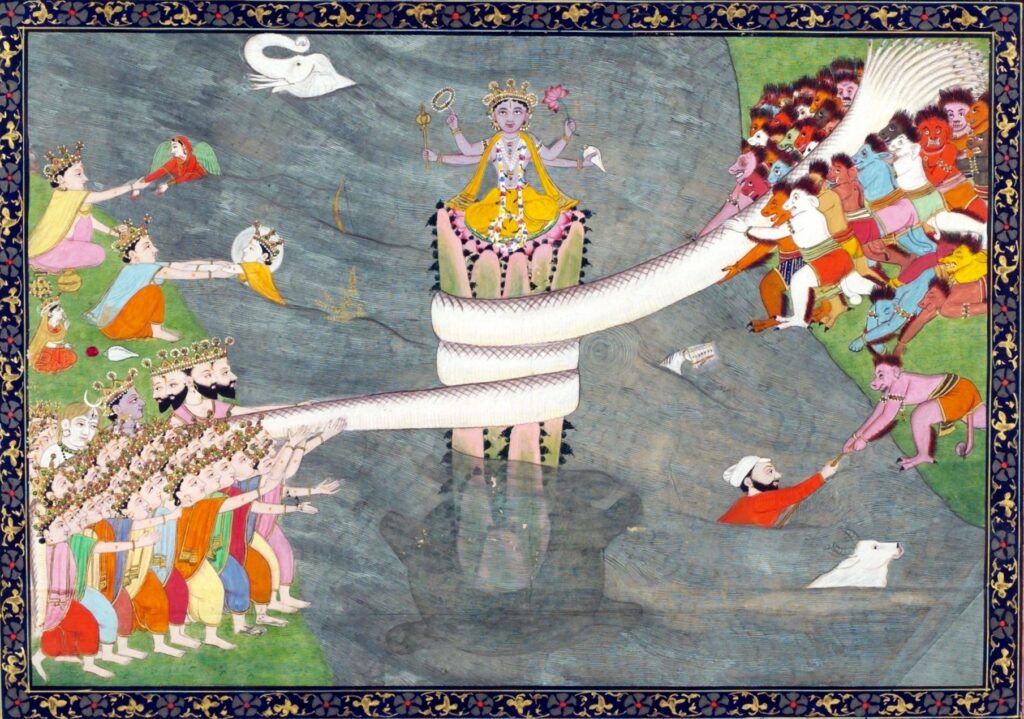Nag Panchami
is a day of traditional worship of Nagas or snakes observed by Hindus throughout India, Nepal, and other countries where Hindu adherents live? This year it is being held on Monday, August 05, 2020.

The day is significant for devotees of Lord Shiva and Vishnu. On this day, in the month of Sawan, devotees pray to the Nag Devta or the snake god. Idols and pictures of Lord Shiva are incomplete without a snake around his neck. Shiva is also known as Nageshwar and the snake that coils around his neck, just like an ornament, is called Vasuki.
Nag Panchami is one of the oldest festivals celebrated across India, during the rainy season. Nag Panchami is also known as Nag Chaturthi or Nagul Chavithi. The main ritual is offering milk to the Nag Devta or the snake god. Offering milk to snakes is an old tradition in India on Panchami tithi and it is said that the ritual keeps evil away. Many also observe fast on that day. Food made with milk as a key ingredient is also offered as Prashad to god.
People are known to make snake idols with clay at home for puja. Milk, turmeric, kumkum, and flowers are used for puja. Flowers and milk are also kept near the burrows and holes where snakes may be found.
According to Hindu scriptures, Lord Shiva’s snake Vasuki took part in the Samudra Manthan, which explains the origin of amrita or the nectar of immortality. Vasuki helped both the devas and the asuras to bind him to Mount Mandara or Mandar Parvat so that they could use him as their churning rope to get the amrita from the ocean.
Vasuki is mentioned extensively in Hindu scriptures and the epics of Ramayana and Mahabharata.
In Buddhist mythology, Vasuki and the other snake gods appear in the audience when Gautama Buddha gave his sermons. In India, devotees pray to several snake gods on Nag Panchami. Some of them are Ananta, Shesha, Padma, Kambala, Kaliya, and Vasuki.
In case if you want to know about how the rituals are done, you can click here.

